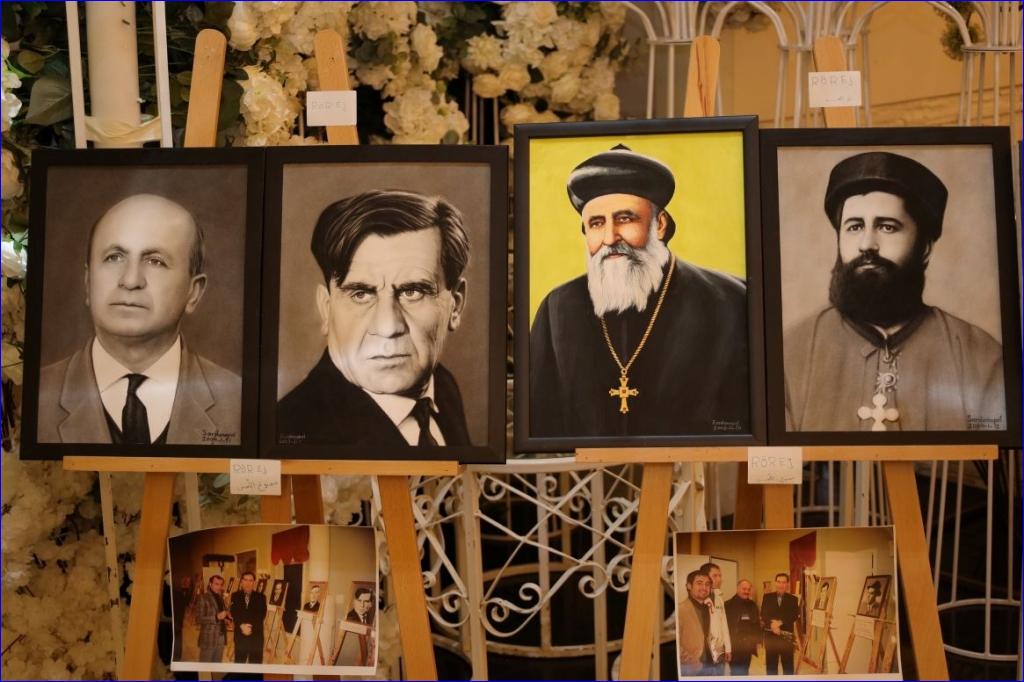


The event drew clergy, intellectuals, artists, and a large gathering of Assyrian participants. Now established as an annual tradition, the festival highlighted the richness of Assyrian culture through poetry, music, academic research, and visual art.
Syriac Orthodox Archbishop of Sweden and Scandinavia Mor Youhanon Lahdo attended alongside parish priest Father Malki Isho, as well as representatives from other Churches, political parties, and Assyrian institutions, giving the gathering a unifying character.
The festivities began with a welcome speech by Swail Denho, followed by remarks from Edward Istaifo, head of the local parish council, who emphasized the festival's importance as a space to preserve the Assyrian language and strengthen its presence among new generations in the diaspora.
The program featured a rich variety of performances and presentations. Artist Orshina al-Shammas performed vocal pieces accompanied by musician Elias Quryakos, while poets Sabri Isho and Nimrod Bar-Karmo recited verses inspired by belonging and memory. Storyteller Jack Asmar offered a narrative, and researchers Anna Melli and Denho Özmen presented academic studies. Writer Sardanapal Asad delivered a critical essay.
Visual art was also central to the celebration, with artists Pierre Youhanon and Sardanapal Asad exhibiting paintings. They concluded their contribution by donating a large artwork to the church as a symbolic gesture.
In his closing remarks, Archbishop Lahdo stressed that the Assyrian language is not merely a means of communication but a vessel of historical memory and the soul of a people. He underscored the need to preserve and teach Assyrian to future generations as the key to ensuring the continuity of identity.
The festival ended with a ceremony honoring all participants, amid warm applause from attendees. For many, the event was more than a cultural celebration--it was a quiet act of resistance against oblivion and a clear message that the Assyrian people, wherever they are, will remain steadfast in holding onto their language and heritage as a bridge between past, present, and future.


or register to post a comment.